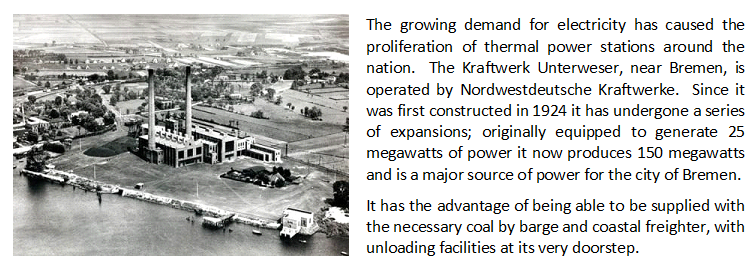The Kurbrandenburgische Marine
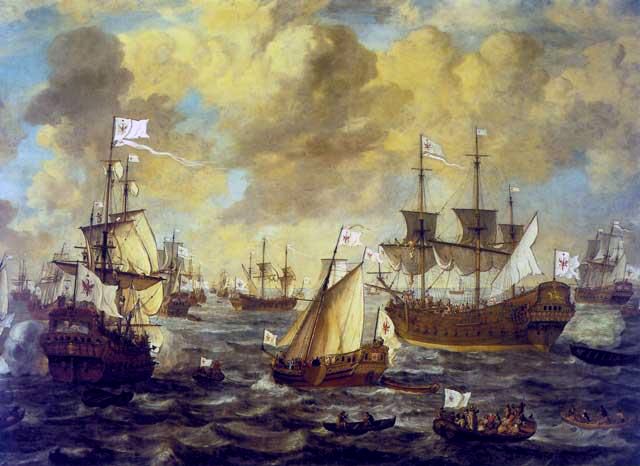
The recently commissioned inspection ships
Roter Löwe and
Goldener Löwe and the new aircraft carrier
Großer Kurfürst should remind the careful reader that Germany has a long and distinguished maritime history. Indeed, the present Kriegsmarine owes its existence to the Great Elector as much as it does to Admiral von Tirpitz. It is therefore worthwhile to recall the history of the fleet of Brandenburg-Prussia in the Seventeenth Century in this the dawning of a new era for Germany.
For Elector Friedrich Wilhelm the period after the Thirty Years War was a time of danger. The state was impoverished after the constant marching of armies; a predatory Sweden was already in possession of sally-ports in Pomerania and ducal Prussia; its continual conflict with Poland was a ready source of renewed invasion. Friedrich Wilhelm had to use all the skill of the diplomat and all the strength of a monarch to wend his way between the rocks of far more powerful neighbors – and in this regard the establishment of strength at sea was high upon his list of actions.
During the Second Nordic War (1655-1660) the Elector built up a substantial force around Pillau in Prussia, which eventually comprised seven major warships, three gun sloops and twenty armed boats, which were used successfully on the Vistula against Swedish ships and fortifications ashore. Adroit diplomatic maneuvers during the course of this conflict saw the Elector rewarded with full sovereignty in Prussia and possession of the ports of Pillau and Memel, which had heretofore been under the control of Sweden.
While lack of funds forced Friedrich Wilhelm to reduce his war fleet the outbreak of the Scanian War in 1675 quickly reversed the situation. While victory at the Battle of Fehrbellin blunted the Swedish invasion of Brandenburg only command of the sea would assure the safety of the state. To command the growing naval force of Brandenburg-Prussia the Elector called upon Benjamin Raule (1634-1707), the noted privateer.
In command of ships hired for the purpose as well as those constructed for the Elector carried on a significant naval campaign against Swedish merchant shipping and supported Friedrich Wilhelm’s land offensives against Swedish forces in the siege of Stettin (27 December 1677), the siege of Stralsund (25 October 1678), the conquest of Rügen (26 September 1678) and the conquest of Greifswald (16 November 1678). Amongst other maritime activities, Raule would found Brandenburg-Prussia’s first Court of Admiralty at Kolberg (1676) and in 1680 was appointed Generaldirecteur de Marine with the rank of Oberst and placed in overall command of the Elector’s naval force.
Claus von Bevern was also a noted naval commander in the service of the Great Elector. After proving himself during the Scanian War von Bevern was selected to command a flotilla of six vessels that carried on a short-lived commercial war against Spain, which had refused to make good the subsidy payments due Brandenburg from the Scanian War. Among his actions were the capture in 1680 of the Spanish treasure ship
Carolus Secundus, and a cruise to the Caribbean with six ships which, while not as profitable as the capture of the Carolus Secundus, nevertheless brought sufficient pressure to bear upon the Spanish to confirm their commitments to Brandenburg, and others, to whom they owed payment.
The conclusion of the Scanian War saw the formation of the Brandenburgisch-Afrikanische Compagnie, which in 1682 sent forth an expedition to West Africa, where under Otto Friedrich von der Groeben a trading post was established at Fort Groß Friedrichsburg, and later, posts at Fort Dorothea and Fort Louise, in what is now known as the French colony of Cote d’Or. For many years the armed trading ships of the company, often on lease from the Elector, plied the route to West Africa and to the Caribbean in search of profit in the triangular trade.
The acquisition of the port of Emden by Elector Friedrich Wilhelm in 1683 prompted the formal establishment of the Kurbrandenburgische Marine, which at the time comprised nine warships with 176 heavy cannon. In later years ships for the fleet would be built at Emden, or at Havelberg and subsequently towed to Hamburg for completion. By the death of the Great Elector in 1688 Admiralty offices would be operating in Berlin, Emden and Pillau. In addition to maintaining a substantial fleet Elector Friedrich Wilhelm established, in 1684, the Marinier-Corps, a body of naval infantry who would outlast the fleet itself until disbanded in 1744.
In January 1701 the naval forces of Brandenburg-Prussia were renamed the Königlich Preußische Marine, or Royal Prussian Navy. While it would remain in being for a few more years, with the arrival of the soldier-king Friedrich Wilhelm the last of the ships in service were sold off and a chapter closed on Germany’s long maritime history.
Among the many ships that served in the Kurbrandenburgische Marine the more notable included:
The
Berlin, a frigate, constructed in 1674, measuring 80 feet (22.65 metres) long and 22 feet (6.23 metres) in the beam. Armed with sixteen cannon she distinguished herself in many combats against Swedish vessels during the Scanian War and ended her career in 1690 after several voyages to Africa.
The
Derfflinger, a full rigged ship, measuring 110 feet (33.5 metres) long, 23 feet (7 metres) in the beam and rated at 340 tons. Taken into service in 1681 she would last until 1695, having long served in the West African trade.
The
Goldener Löwe, a frigate built at Kolberg in 1679, approximately 38 meters in length and 10 metres in the beam, carrying forty-four cannon. Having served under Claus von Bevern in the taking of the Carolus Secundus and under Thomas Alders at the Battle of Cape St. Vincent (1681), she was eventually wrecked in 1692 attempting to make her way into Emden on the end of a homeward voyage from the West Indies.
The
Friedrich Wilhelm zu Pferde, a two-deck warship constructed in 1681, flagship of the Kurbrandenburgische Marine between 1684 and 1693. Built at a cost of 70,000 gulden she could carry up to sixty cannon when equipped for war.
The
Roter Löwe, a frigate of twenty-two guns acquired in the Netherlands in 1678. Flagship of Claus von Bevern in his voyages to the West Indies, she fought at Cape St. Vincent under Jakob Raule, the brother of Benjamin Raule, and later, under Cornelis Reers, made many voyages to Fort Groß Friedrichsburg. She was broken up at Emden in 1690.
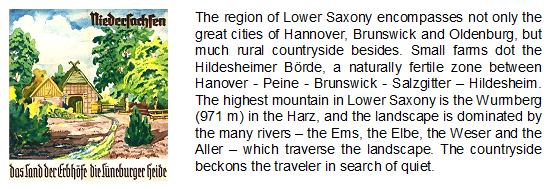
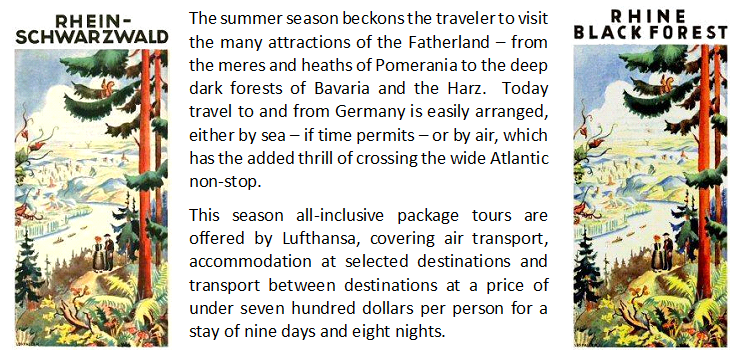

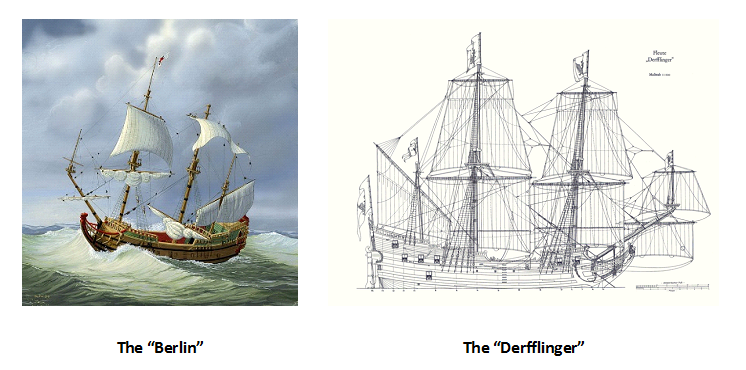

Quoted
I still think generally German maritime power has not been an investment with good returns,
